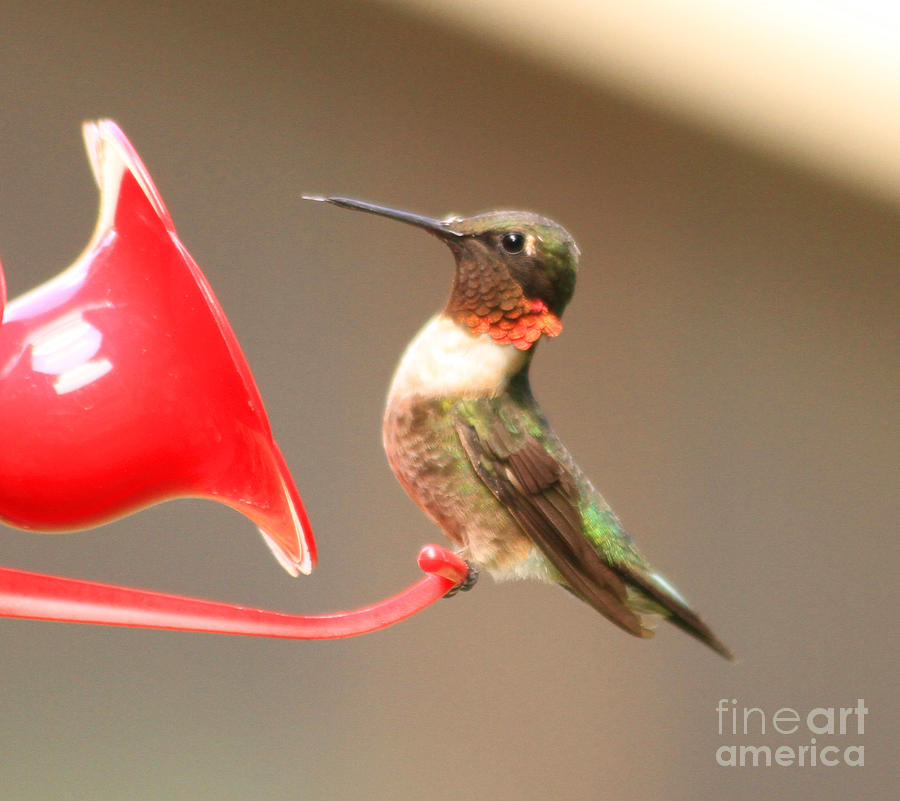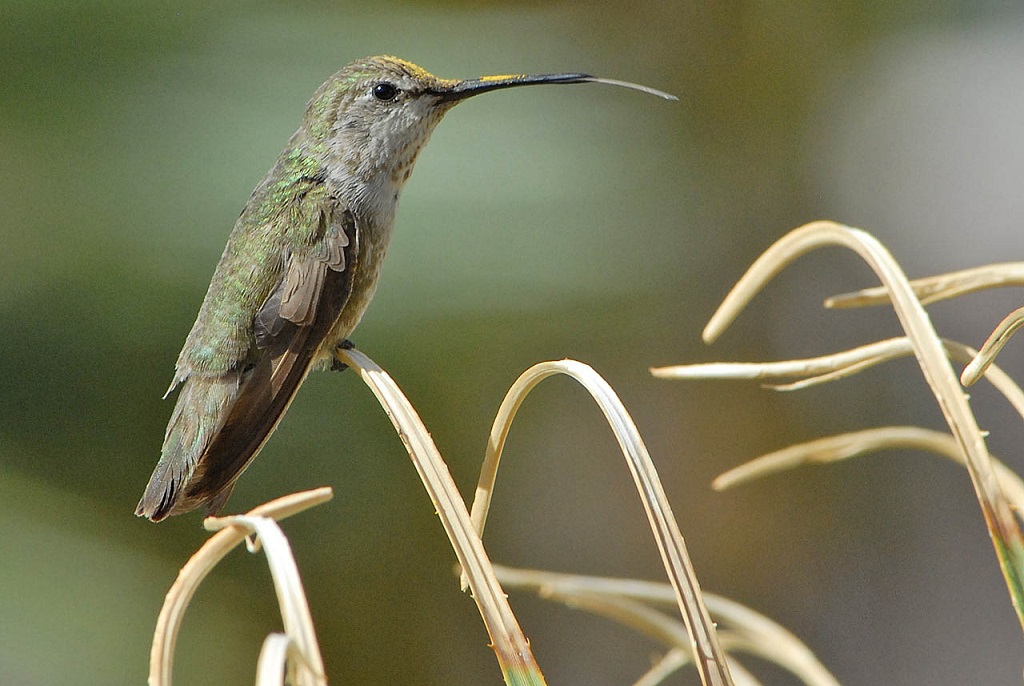

That groove sprang open when it touched the nectar. But it moved more slowly than did nectar in the groove on the opposite side of the tongue. This time, the nectar indeed rose by the typical capillary action. The tongue’s compressed groove opened early, touching the nectar. A bird bumped one side of its tongue against a feeding tube. In the course of filming, one accident turned into a “perfect experiment” to compare plain capillary rise and pump action, Rico-Guevara says. That would max out at only about 36 centimeters (14 inches) per second, the new paper reports. Even under ideal conditions, a simple capillary rise would draw in nectar much more slowly. It averaged nearly 1 meter (3 feet) per second as it rose up the tongue.

And when tongue met nectar, the fluid moved fast. The videos showed that the birds’ tongue grooves mostly stayed closed when waiting for nectar. The pair coaxed 18 hummingbird species in the wild to sip on camera. To make his own study of the grooves, Rico-Guevara went looking for birds with Kristiina Hurme. They argued that, regardless of what happens at the tip, capillary suction is important in drawing nectar up the grooves. Other scientists countered with computer simulations and their own videos of birds in the lab. “It got a lot of attention but also a lot of skepticism.” Proposed as an alternative to capillary rise, “it was going against what everybody believed,” Rico-Guevara says. Based on high-speed video, they argued that as the squashed grooves touch nectar and spring open, the fringe helps capture nectar. Those tips are not so much capillary tubes as traps for nectar, Rico-Guevara and colleague Margaret Rubega proposed in 2011. Rico-Guevara first started studying the tongue tips. The tongue forks into fringed halves at the tip. But they have a semicircular groove on each side. The skinny, translucent tongues have no muscles in them.

Rico-Guevara says he has clocked 23 licks per second. Hummingbirds do this tongue dipping fast. The tongue is somewhat compressed as it approaches the liquid but plumps up as the liquid fills its grooves. PUMP UP In slow motion, this video shows a hummingbird repeatedly extending its thin tongue into a red drink. The researchers report this online August 19 in the Proceedings of the Royal Society B. This pulling, or pumping, slurps nectar faster than grooves that stayed open would. That pulls up a column of nectar as the grooves expand. When the tongue tip touches nectar, the grooves spring open. Instead, bird bills squash the tongue and its grooves flat.

In the wild, the videos show, the birds rarely dip open grooves into nectar. But high-speed videos of the hummingbirds show the tube does not start out open. Rico-Guevara and his Connecticut colleagues propose that the hummingbird tongue is an “elastic micropump.” Their theory relies on the same tendency of water molecules to grip each other that lets water rise up an open tube. His team’s claim is the latest in a lively debate over just how hummingbird tongues work. He is an ornithologist, or bird biologist, at the University of Connecticut in Storrs. This view challenges the old notion of how hummingbirds sip, notes Alejandro Rico-Guevara. But a new way of looking at hummingbird tongues instead sees them as long, skinny pumps. Nectar was thought to flow up open grooves in the tongue the way water rises inside thin capillary tubes. Scientists had thought they understood how the tongues work. The birds have a long tongue that lets them lap up their meals. Hummingbirds flit from flower to flower to drink sugar-laden nectar.


 0 kommentar(er)
0 kommentar(er)
